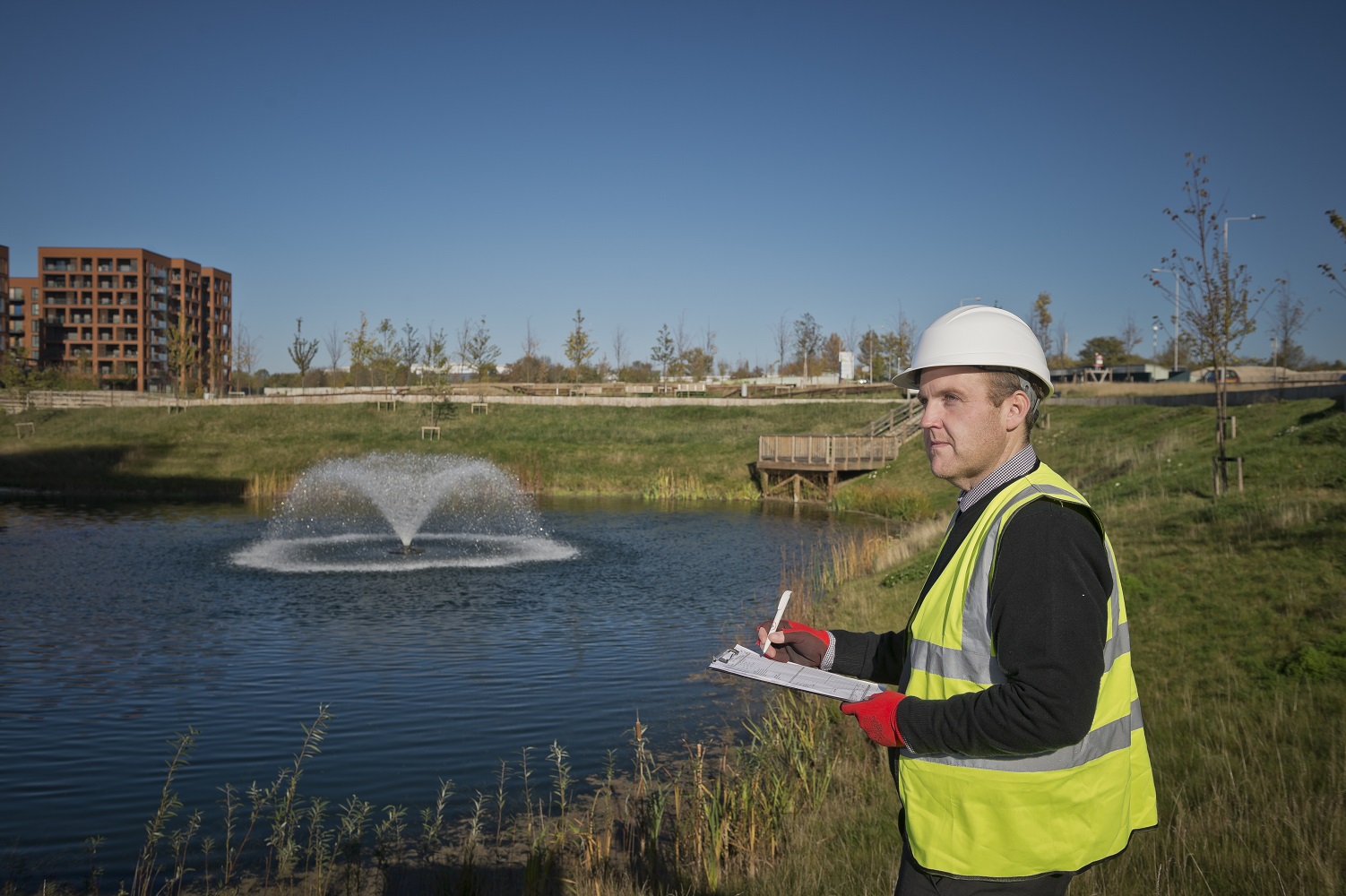Protecting wildlife is a key component of the ‘Care for the Environment’ section of the Code of Considerate Practice as local wildlife and eco-systems are often impacted by construction work. During Spring and Winter months in particular is when much of the United Kingdom and Ireland’s wildlife population are raising their young. Read on for resources and best practice examples to consider in your construction practice.
Minimising our Impact on Local Wildlife
Wildlife around construction activity may be affected by works being carried out. From disturbing local wildlife, diminishing food sources and damaging habitats.
There are a number of standard practices sourced from leading sources including The UK Government, and the RSPB, which constructors can implement in order to protect local wildlife:
- A search of the area is carried out before any construction activity occurs, so that protected and endangered species and their habitats are not disturbed during the project lifetime.
- The works should ideally take place outside of the nesting periods of animals that are present, with implementation of methods necessary to protect the species and their habitats.
- Any site and surrounding area should be kept clean and free of litter. Discarded plastics and other materials can become a threat to wildlife.
- Consider and protect, where possible, the biodiversity of the surrounding area throughout the project lifetime.
- Educate the workforce on the wildlife species in the area and the controls that are in place to protect them.
Best Practice Resources
Use of Drone Mounted Camera and Thermal Imaging to Detect Skylark Nests – This Innovation from Align Joint Venture was situated in an ideal ground for nesting birds. There was a need to locate and protect the nesting sites. They deployed a high quality, quiet drone with hi-res optical and thermal imaging cameras to enable the safe relocation of the nests with minimal intrusion.
Installing Bee Hives to Enhance Local Biodiversity – This Innovation from Bouygues UK details why they installed two bee hives on site in partnership with BeeOdiversity. These were to monitor the local environment around site. The bees collected billions of pollen samples from local areas. These were analysed at the BeeOdiversity facilities in Belgium to identify levels of pollutants.
Snip the Strap Campaign – Sir Robert McAlpine is running a ‘Snip the Strap’ campaign to encourage their workforce to cut off the straps of single-use face masks prior to disposal, to reduce the risk of wildlife becoming tangled in the straps.
Great Crested Newt Tracking Dog – J Murphy & Sons are building a new 6.5km relief sewer. The new sewer goes through the Wessex Water region, which is a recognised habitat of Great Crested Newts. Wessex Water have an in-house great crested newt detection dog called Freya. Freya was called in to locate the newts efficiently and non-invasively to ensure they were not in danger from the works being carried out.
In addition to these Innovation and Best Practice examples, the Ecosystems Knowledge Network and its Tool Assessor provide a number of resources to assist in providing well being and prosperity for everyone through a healthy natural environment. Alongside the Nature Tool, a user-friendly Excel tool which will help assess the impact of land-use and management changes to achieve met gains for the environment.
View more wildlife resources by clicking the link below.
Did you find this article helpful?
Please rate this article

Loading...





